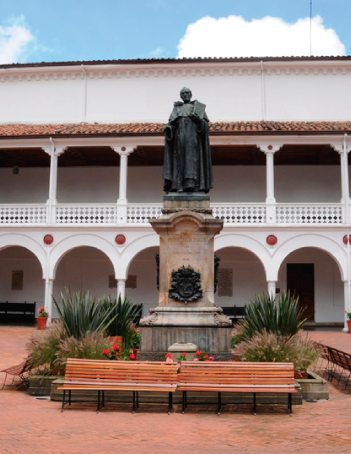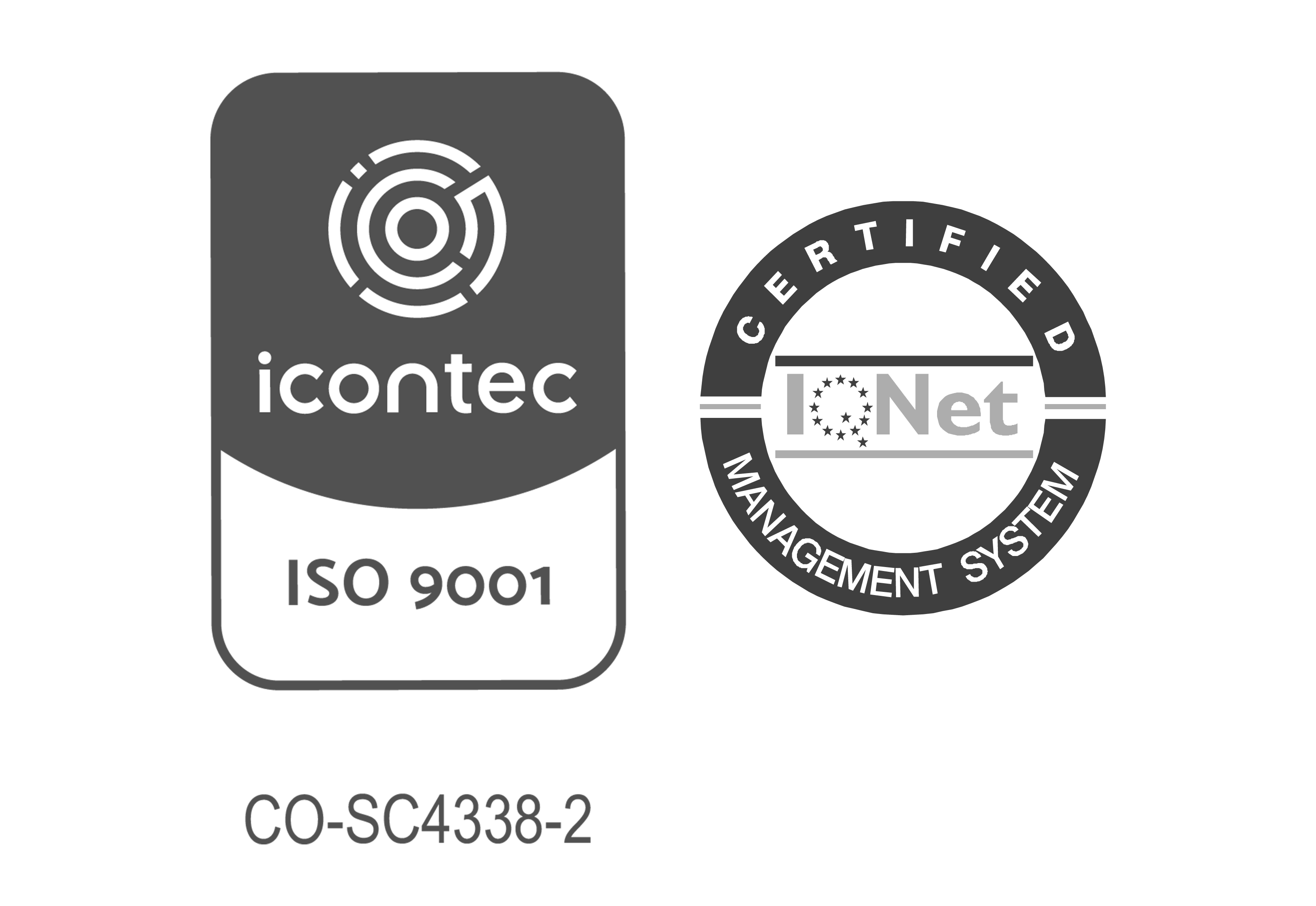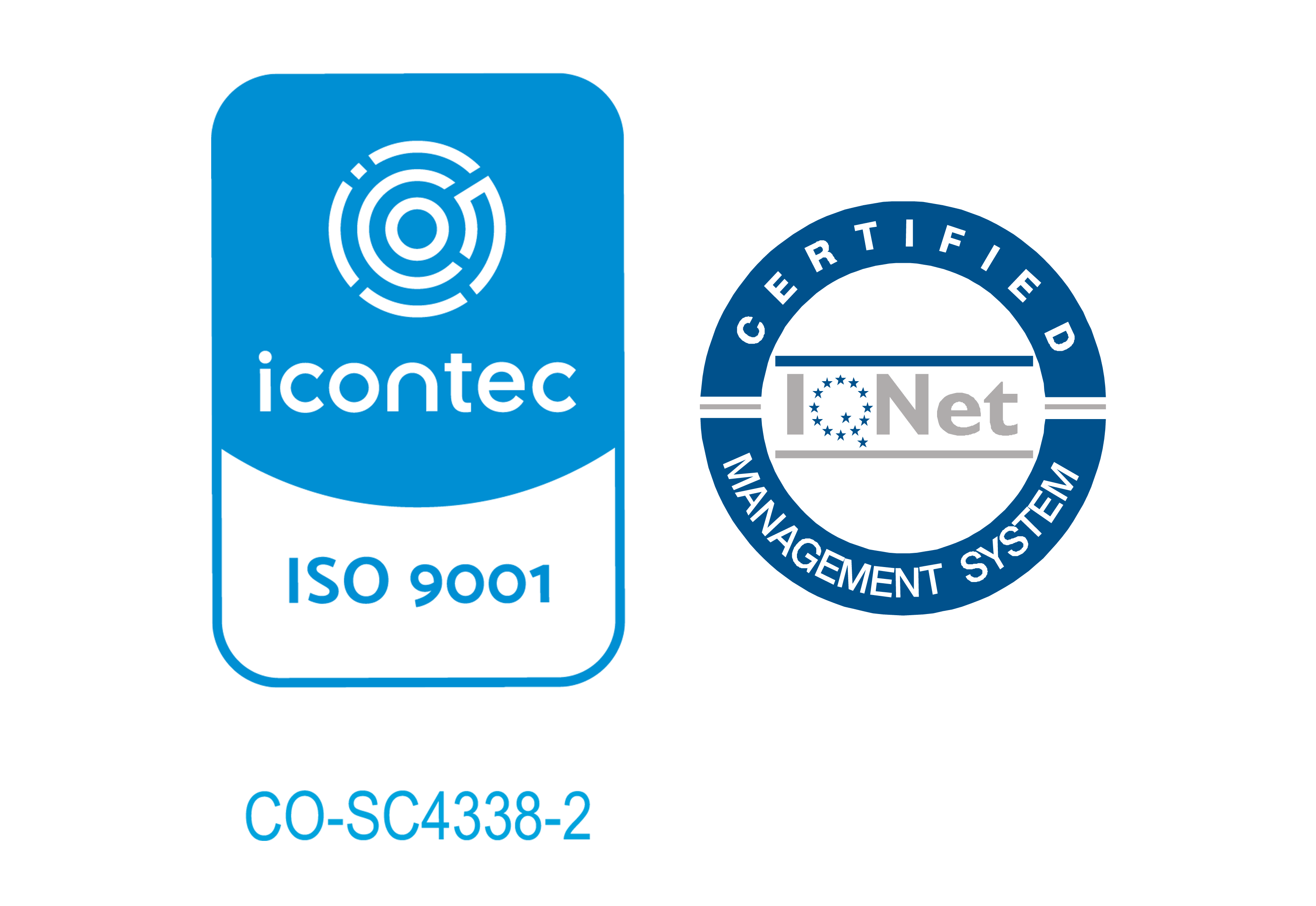Acknowledgments; Contents; List of Figures; List of Tables; List of Code Examples; Abstract; History; Part I Introductory Matter; 1 Introduction; 1.1 Chapter Guide; 1.2 Code; References; Part II Quantitative Tools; 2 Graham -- Schmidt Orthogonalization; 2.1 Numerical Integration; 2.1.1 Evaluating Smk; 2.1.2 Homework; 2.1.3 Matlab Implementation; 2.1.4 Run Time Output; 2.2 Linearly Independent Functions; 2.2.1 Functions; 2.2.2 Homework; 2.3 Vector Spaces and Basis; 2.4 Inner Products; 2.5 Graham -- Schmidt Orthogonalization; 2.5.1 Making It Formal; 2.5.2 General MatLab GSO; Reference.
3 Numerical Differential Equations3.1 Approximating Solutions Numerically; 3.1.1 Expansions of F; 3.1.2 Minimizing Error; 3.1.3 The Matlab Implementation; 3.2 Runge -- Kutta Fehlberg Methods; 3.2.1 The RKF5 Flowchart; 3.2.2 Runge -- Kutta Fehlberg MatLab Implementation; References; Part III Deriving the Cable Model; 4 Biological Molecules; 4.1 Molecular Bonds; 4.1.1 Bond Comparisons; 4.2 Energy Considerations; 4.3 Hydrocarbons; 4.4 Amino Acids; 4.5 Peptide Bonds; 4.6 Chains of Amino Acids; 4.7 Nucleic Acids; 4.7.1 Sugars; 4.7.2 Nucleotides; 4.7.3 Complementary Base Pairing; 4.8 Making Proteins.
5 Ion Movement5.1 Membranes in Cells; 5.2 The Physical Laws of Ion Movement; 5.2.1 Ficke's Law of Diffusion; 5.2.2 Ohm's Law of Drift; 5.2.3 Einstein's Relation; 5.2.4 Space Charge Neutrality; 5.2.5 Ions, Volts and a Simple Cell; 5.3 The Nernst -- Planck Equation; 5.4 Equilibrium Conditions: The Nernst Equation; 5.4.1 An Example; 5.5 One Ion Nernst Computations in MatLab; 5.5.1 Homework; 5.6 Electrical Signaling; 5.6.1 The Cell Prior to K Gates; 5.6.2 The Cell with K+ Gates; 5.6.3 The Cell with NaCl Inside and Outside Changes; 5.6.4 The Cell with Na+ Gates.
5.6.5 The Nernst Equation for Two Ions5.6.6 The Nernst Equation for More Than Two Ions; 5.6.7 Multiple Ion Nernst Computations in MatLab; 5.7 Ion Flow; 5.7.1 Transport Mechanisms; 5.7.2 Ion Channels; 5.7.3 Active Transport Using Pumps; 5.7.4 A Simple Compartment Model; 5.8 Movement of Ions Across Biological Membranes; 5.8.1 Membrane Permeability; 5.8.2 The Goldman -- Hodgkin -- Katz (GHK) Model; 5.8.3 The GHK Voltage Equation; 5.8.4 Examples; 5.8.5 The Effects of an Electrogenic Pump; 5.9 Excitable Cells; References; 6 Lumped and Distributed Cell Models; 6.1 Modeling Radial Current.
6.2 Modeling Resistance6.3 Longitudinal Properties; 6.4 Current in a Cable with a Thin Wall; 6.5 The Cable Model; 6.5.1 The Core Conductor Model Assumptions; 6.5.2 Building the Core Conductor Model; 6.6 The Transient Cable Equations; 6.6.1 Deriving the Transient Cable Equation; 6.6.2 The Space and Time Constant of a Cable; 7 Time Independent Solutions to Infinite Cables; 7.1 The Infinite Cable; 7.2 Solving the Time Independent Infinite Cable Equation; 7.2.1 Variation of Parameters; 7.3 Modeling Current Injections; 7.3.1 Continuity in the Solution; 7.3.2 Continuity in the Derivative.
This book shows cognitive scientists in training how mathematics, computer science and science can be usefully and seamlessly intertwined. It is a follow-up to the first two volumes on mathematics for cognitive scientists, and includes the mathematics and computational tools needed to understand how to compute the terms in the Fourier series expansions that solve the cable equation. The latter is derived from first principles by going back to cellular biology and the relevant biophysics. A detailed discussion of ion movement through cellular membranes, and an explanation of how the equations that govern such ion movement leading to the standard transient cable equation are included. There are also solutions for the cable model using separation of variables, as well an explanation of why Fourier series converge and a description of the implementation of MatLab tools to compute the solutions. Finally, the standard Hodgkin - Huxley model is developed for an excitable neuron and is solved using MatLab.

Escuela de administración
Facultad de Jurisprudencia
Facultad de Ciencias
Escuela de Ciencias
Escuela de Medicina
Facultad de Economía
Facultad de Estudios
Facultad de Creación
Escuela de Ingeniería,
Otras Ofertas
 Historia y símbolos
Historia y símbolos
 Enfoque estratégico
Enfoque estratégico
 Gobierno universitario
Gobierno universitario
 Playbok - Nuestros pilares de transformación
Playbok - Nuestros pilares de transformación
 Protocolo de seguridad
Protocolo de seguridad
 Archivo histórico
Archivo histórico
 Portafolio de becas, descuentos y apoyo financiero
Portafolio de becas, descuentos y apoyo financiero
 Casa UR
Casa UR






 Proyección social
Proyección social Filantropía
Filantropía Hagámoslo posible
Hagámoslo posible

 Libro
Libro







